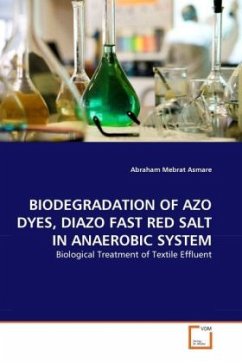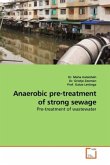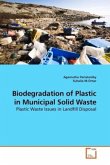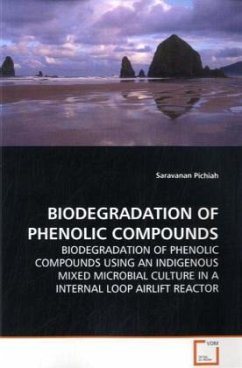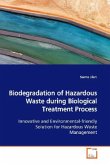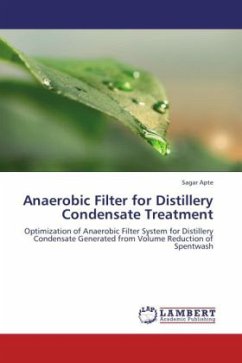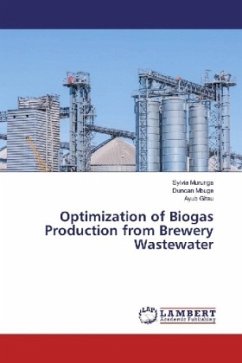Dyes are released into the environment during dyeing of different substrates. Synthetic and natural textile fibres, plastics, leather, paper, waxes, and even foodstuffs and cosmetics are dyed by diffferent factories. All the azo dyes currently used are synthetic compounds and, hence, xenobiotics. The potential problems of azo dyes are recalcitrant in nature and human toxicity and vulnerable the environment as well. The release of colored compounds into the environment is undesirable not only because of their color, which may affect photosynthesis of aquatic plants, but also because many dyes and their breakdown products may be toxic and mutagenic to human life as well as animal. This book, therefore, evaluates the biodegradability of synthetic azo dyes in anaerobic treatment system. The work result showed that the potential application of the system using tannery sludge biomass for the treatment of azo dye containing textile and other similar industries effluents. The applicationthis work used for biological wastewater treatment system, and researchers, industrial holders and decision makers.
Bitte wählen Sie Ihr Anliegen aus.
Rechnungen
Retourenschein anfordern
Bestellstatus
Storno

